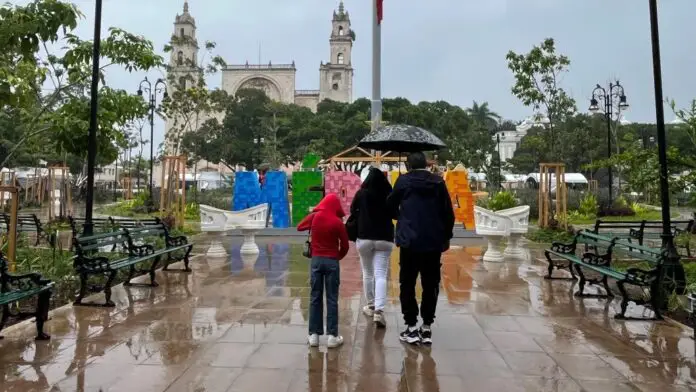On Monday, December 6, Mérida, known as the “white city,” celebrated its 483rd anniversary since its foundation in 1542.
The festivities for Mérida’s 483rd anniversary began on Sunday, January 5, with the traditional alborada. Dozens of troubadours dedicated morning songs to the city, which is nearing four centuries of history.
Various activities have been planned for the anniversary, including concerts, theater shows, art exhibitions, film screenings, and dance performances. These free events will start on Monday, January 6, and continue until Sunday, January 26.
Amid the celebrations, it’s worth revisiting the origins of Mérida’s name.
The Origin of Mérida’s Name
Before the Spanish arrived, the area where Mérida now stands was known as T’ho, meaning “five hills.” Previously, it was also called Ichcaanzihó, which translates to “face of infinity.”
In 1542, Francisco de Montejo founded the city and named it Mérida. He saw a resemblance between the pre-Hispanic buildings of the extinct Mayan city and the Roman ruins in the Spanish city of Mérida, located in the western region of Extremadura.
Why is Mérida Known as the White City?
Mérida is renowned for its colonial architecture, characterized by high ceilings and large windows, predominantly found in the city’s Historic Center, the second largest in the country. The main feature is the use of quarry stone, a native material that gives the buildings a distinctive glow in the sunlight, earning Mérida its nickname, the “white city,” which now celebrates 483 years.
Source: Por Esto




